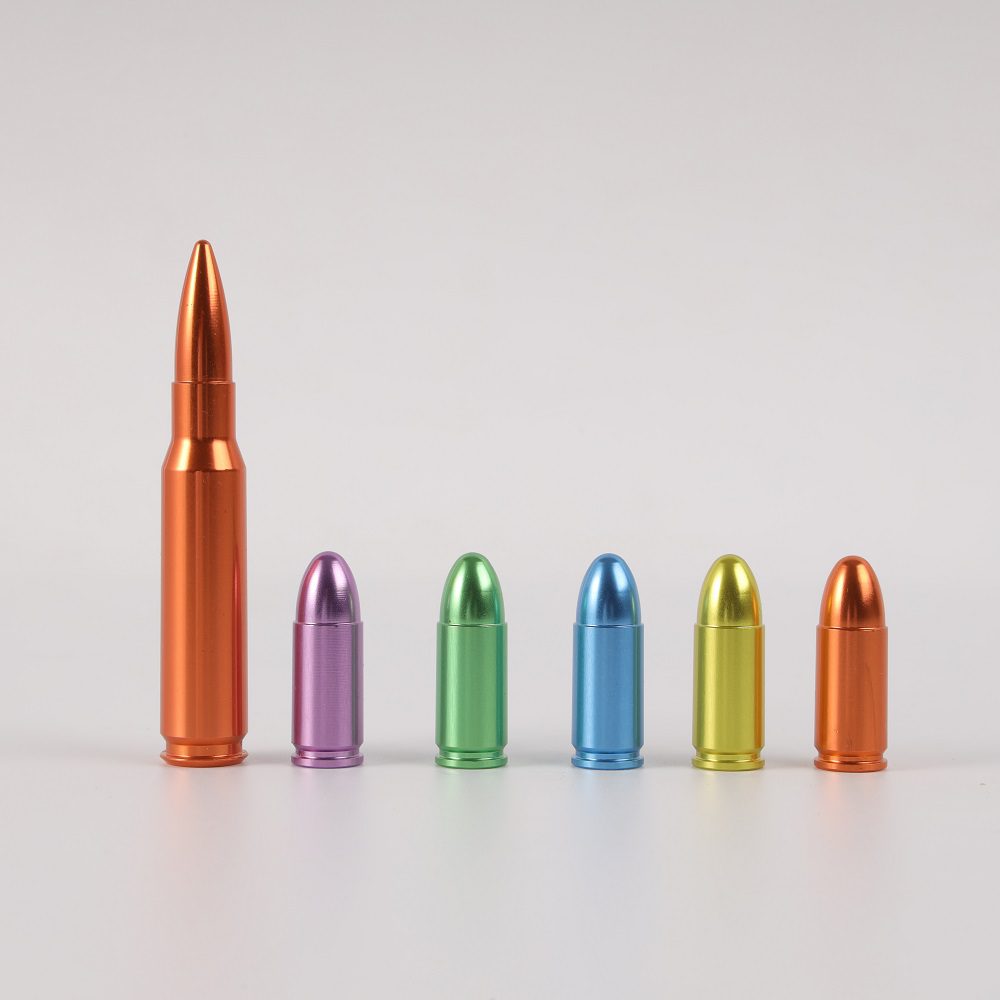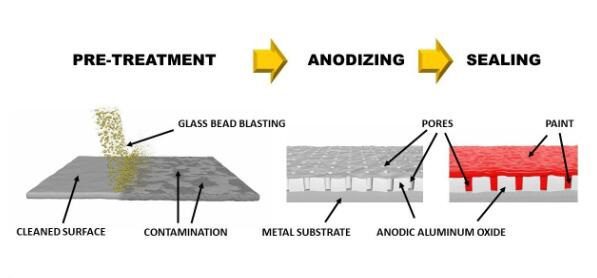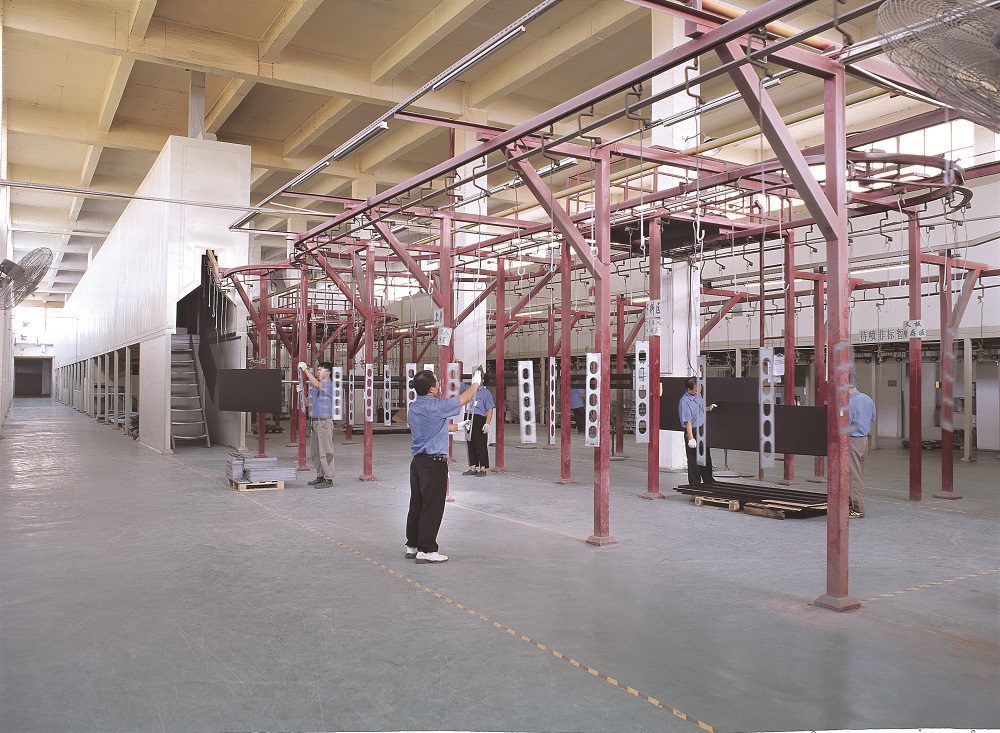FAQ (frequently asked questions)
Is It Possible to Alter the Color of Anodized Aluminum?
Yes, it is possible to alter the color of anodized aluminum. However, the process is not as simple as painting over the surface. To change the color, the existing anodized layer would have to be removed first, typically through a process known as stripping or desmutting. Once the initial layer is removed, the aluminum can be re-anodized with the new color.
Can the Anodized Layer on Aluminum Erode?
The anodized layer on aluminum is highly durable and resistant to wear and corrosion, thanks to the electrochemical process that transforms the aluminum surface into a durable aluminum oxide layer. However, it’s not completely impervious to erosion. Over time and under extreme conditions, the anodized layer can slowly wear away. But, with proper care and maintenance, anodized aluminum products can maintain their finish for many years.
What colors are available for anodized aluminum?
The color options for anodized aluminum are virtually limitless. However, common colors include black, bronze, gold, and clear (silver), among a wide range of others. Custom colors can also be created by using different dyes and processes.
How do they color anodized aluminum?
Anodized aluminum is colored through a process known as dyeing. After the aluminum has been anodized, it’s immersed in a bath containing a colored dye. The dye seeps into the pores of the anodic coating and is then sealed in, creating a permanent color.
What color is hard anodized aluminum?
Hard anodized aluminum typically has a dark gray color. This is due to the thicker oxide layer produced during the hard anodizing process.
How long does anodized color last?
The color of anodized aluminum is extremely durable and can last for many years
Does anodized aluminum scratch off?
The anodized layer on aluminum is highly resistant to scratching due to the hardness of the aluminum oxide layer. However, with enough force or abrasion, it can still be scratched.
What is the difference between anodized and anodized aluminum?
Anodizing is the process, while anodized aluminum is the result of this process. Anodizing is a method used to increase the thickness of the natural oxide layer on the surface of aluminum parts, resulting in increased durability and the potential for coloration.
How do you tell if aluminum is anodized or painted?
Anodized aluminum has a more metallic and uniform appearance compared to painted aluminum. It also feels harder to the touch. Additionally, if scratched, anodized aluminum will reveal the same color underneath, while painted aluminum will reveal the bare metal.
Does anodized aluminum tarnish?
Anodized aluminum does not tarnish. The anodizing process creates a durable, corrosion-resistant layer that protects the metal beneath. This makes anodized aluminum particularly suitable for applications where it’s exposed to harsh environmental conditions.




